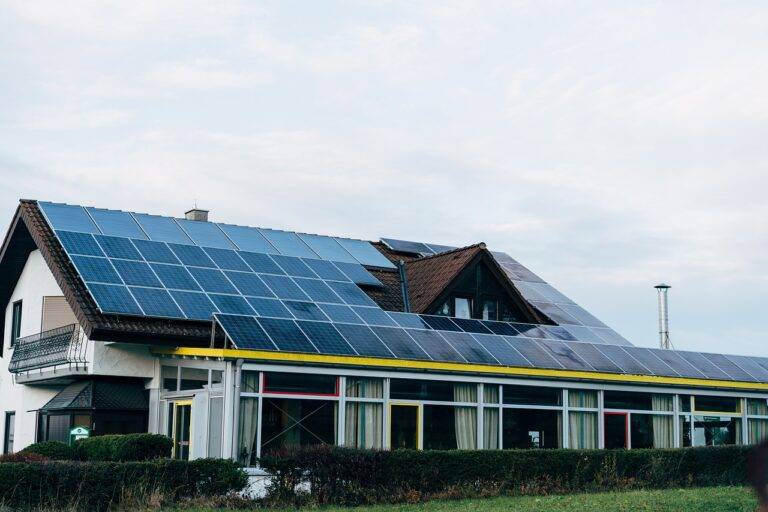Exploring the Potential of Swarm Robotics in Industry
Swarm robotics is a cutting-edge field that focuses on coordinating large groups of simple robots to achieve complex tasks collectively. Inspired by the behavior of swarms in nature, such as schools of fish or flocks of birds, these robotic systems interact with each other and their environment to accomplish objectives more efficiently than individual robots or centralized systems.
This approach in robotics leverages the principles of self-organization and emergent behavior, allowing the swarm to exhibit adaptive and intelligent actions without the need for direct control. By distributing tasks among a group of robots and enabling them to communicate and coordinate autonomously, swarm robotics opens up a range of possibilities for applications in various industries, from manufacturing and logistics to search and rescue missions.
History of Swarm Robotics
Swarm robotics has its roots dating back to the early 1980s when researchers began exploring the concept of coordinating multiple robots to work together towards a common goal. The idea was inspired by the collective behavior exhibited by natural swarms such as ants, bees, and birds, where individuals interacted locally without the need for centralized control.
Over the years, advancements in computing power and algorithms have propelled the field of swarm robotics forward. Researchers have delved into various aspects such as communication protocols, decision-making processes, and self-organization mechanisms to enhance the efficiency and robustness of swarm systems. Today, swarm robotics is being increasingly adopted in a wide range of applications, from search and rescue missions to agricultural tasks, showcasing the transformative potential of decentralized, scalable multi-robot systems.
• The concept of swarm robotics was inspired by the collective behavior of natural swarms like ants, bees, and birds
• Researchers began exploring coordinating multiple robots towards a common goal in the early 1980s
• Advancements in computing power and algorithms have propelled the field of swarm robotics forward
• Various aspects such as communication protocols, decision-making processes, and self-organization mechanisms have been delved into to enhance efficiency and robustness
• Swarm robotics is being increasingly adopted in applications ranging from search and rescue missions to agricultural tasks
Advantages of Implementing Swarm Robotics in Industry
Swarm robotics offers a multitude of benefits for industries looking to streamline their processes and increase efficiency. One of the key advantages is the ability for multiple robots to work collaboratively towards a common goal. This teamwork approach allows tasks to be completed in a fraction of the time it would take a single robot, leading to significant increases in productivity.
Additionally, swarm robotics can greatly enhance the adaptability of industrial operations. With multiple robots functioning in tandem, they can quickly adjust to changes in the environment or task requirements without the need for human intervention. This flexibility is especially valuable in dynamic industrial settings where conditions may vary regularly, allowing for seamless and efficient operations.
What is swarm robotics?
Swarm robotics is a field of robotics that involves the coordination of multiple robots to work together to achieve a common goal.
Can you provide a brief overview of swarm robotics?
Swarm robotics involves the use of multiple simple robots that work together in a coordinated manner to accomplish tasks that may be difficult or impossible for a single robot to achieve.
What is the history of swarm robotics?
Swarm robotics has its roots in the study of swarm intelligence, which is inspired by the collective behavior of social insects like ants and bees. The concept of swarm robotics was first introduced in the late 1980s.
What are the advantages of implementing swarm robotics in industry?
Some advantages of implementing swarm robotics in industry include increased efficiency, scalability, flexibility, robustness, and cost-effectiveness in completing tasks that may be too complex or time-consuming for a single robot to accomplish.





